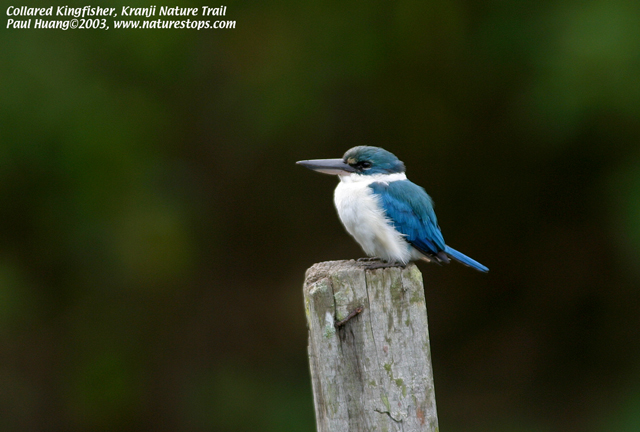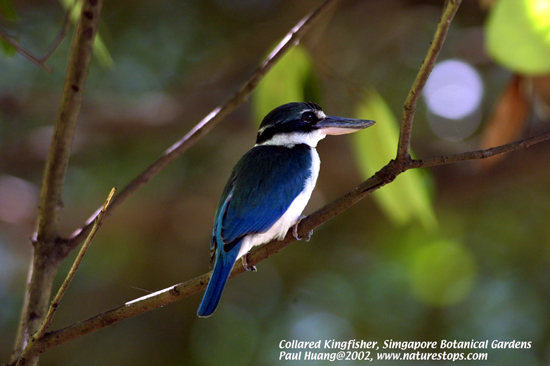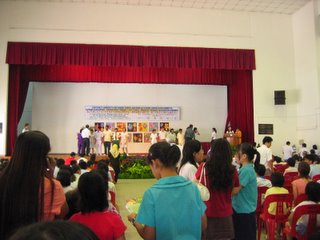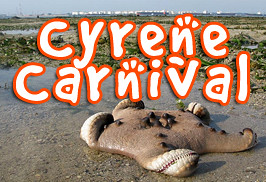
My Sunshine
In Garrett Hardin's own words, from his famous paper "Tragedy of the Commons":
"People vary. Confronted with appeals to limit breeding, some people will undoubtedly respond to the plea more than others. Those who have more children will produce a larger fraction of the next generation that those with more susceptible consciences. The difference will be accentuated, generation by generation.
In C.G. Darwin's (Charles' grandson) words: "It may well be that it would take hundreds of generation for the progenitive instinct to develop in this way, but if it should do so, nature would have taken her revenge, and the variety Homo contraciptiens would become extinct and would be replaced by the variety Homo progenitivus
... The argument has here been stated in the context of the population problem, but it applies equally well to any instance in which society appeals to an individual exploiting a commons to restrain himself for the general good - by means of his conscience. To make such an appeal is to set up a selective system that works towards the elimination of conscience from the race".
- From the paragraph "Conscience is Self-Eliminating"
My ticking biological clock aside, seriously, this particular quote has really set me thinking. I have always been of the belief that as the knowing ones, we should set a good example.
In JC, I thought that the best way to save the world is to wipe out all of mankind. Then after the first week of class in NUS, I found out why people even bother "saving the planet" - it's really because we the humans need it and want to keep the environment as we know it. Recently, I have been firm that we could create a snowball effect if we each play our own part and stop the consumption and thus supply of destructive products such as sharks fin and virgin paper by stopping our own consumption. Similarly, how could we continue to populate this overcrowded planet when we know how depleted it already is. Some would say we should thus play our own part and stop contributing to our over-population.
Having read Hardin, I now believe that having a guilty conscience from contributing to the pressures on earth's carrying capacity is definitely better than letting the evil, selfish, self-centered, egocentric, souless, conscienceless, capitalist and developement-happy Homo progenitivus take over our planet!
Let us all go forth and procreate NOW!*
* The above offer is only available to all environmentally conscientious souls who may otherwise be held back by a guilty conscience as previously mentioned above.
Read full article here













 I can be contacted at
I can be contacted at 






